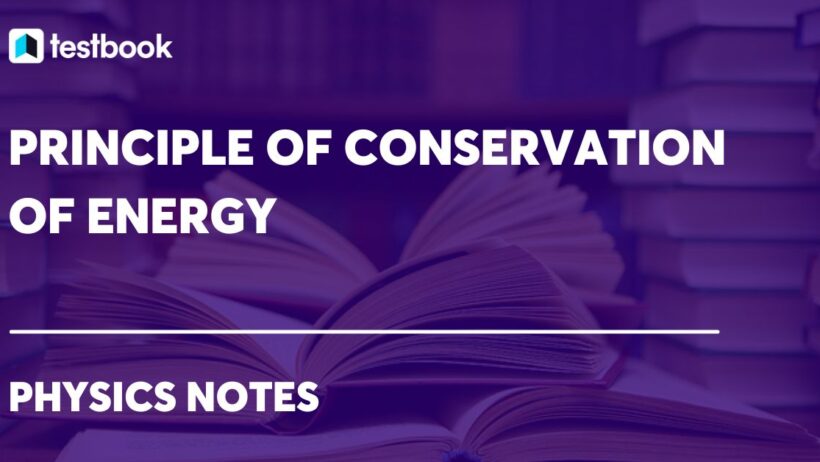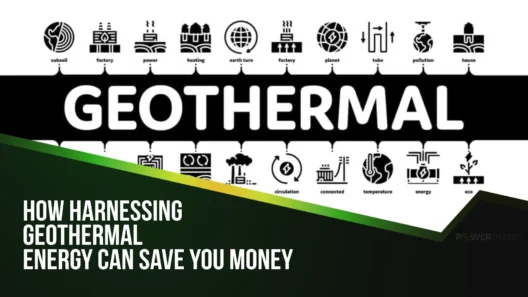The universe revolves around countless principles, and one of the most fundamental is the conservation of energy. This concept, akin to a silent guardian of existence, whispers ancient secrets about the simplicity yet complexity of energy within the cosmos. The conservation of energy asserts that energy cannot be created or destroyed; it can only be transformed from one form to another. This idea profoundly shapes our understanding of physical processes, life, and the very mechanics of our universe.
Understanding the essence of energy’s everlasting state requires delving into several key areas – the definition and types of energy, the law of conservation, and the implications it has for our lives and the environment.
Defining Energy: The Lifeblood of Existence
Energy, at its core, is the ability to do work or produce change. It exists in myriad forms and is omnipresent, from the kinetic energy of a falling apple to the radiant energy of sunlight. In various guises, energy manifests itself as thermal energy, chemical energy, nuclear energy, mechanical energy, and electrical energy, to name a few. Each form of energy possesses unique characteristics, yet they all adhere to the same universal principle: the conservation of energy.
When one form of energy transforms into another, the total energy within a closed system remains constant. For example, in the act of riding a bicycle downhill, gravitational potential energy converts into kinetic energy. In this exhilarating transition, energy ebbs and flows like the tide, but its quantity remains unchanged, as consistent and unwavering as the laws of nature itself.
The Law of Conservation: Nature’s Unbreakable Code
The law of conservation of energy is a bedrock principle in physics, revered as an immutable code governing the workings of nature. This principle applies to all systems, from the vast expanses of the cosmos to the minutiae of cellular processes. It can be likened to an intricate dance, where energy continues to circulate, shifting shapes without ever being lost.
Consider the phenomenon of photosynthesis in plants—a breathtaking process where solar energy is captured and converted into chemical energy, effectively fueling life on Earth. Here, light from the sun is transformed into a substance that becomes the very foundation of food chains, sustaining an entire ecosystem. In this intricate ballet, energy transitions gracefully from one phase to another, illustrating the conservation principle in action.
The implications of energy conservation extend beyond individual phenomena and into our everyday lives. When we harness energy from food, the transformation of chemical energy into kinetic energy powers our muscles and sustains movement. As we flick on a light switch, electrical energy metamorphoses into light and thermal energy, illuminating our spaces and transforming our experiences. Every time we engage with energy, we are participating in the grand orchestration of the universe.
The Ripple Effect: Impacts on Our Environment and Future
Understanding the conservation of energy prompts a critical examination of how we utilize energy resources. As custodians of the Earth, we must respect the delicate balance that sustains the environment. The extraction and consumption of fossil fuels, while providing immediate benefits, can disrupt the intricate symphony formed by energy conservation. Fossil fuels release stored chemical energy, but their combustion leads to carbon emissions, exacerbating climate change—a far-reaching consequence of our energy choices.
Innovations in renewable energy sources such as solar and wind power present a compelling avenue toward sustainable energy use. By harnessing the sun’s radiant energy and the movement of the wind, we can tap into their inherent potential while respecting the principles of conservation. Nature continues this cycle of energy transformation effortlessly, suggesting that we, too, can embrace more sustainable practices that do not disturb the delicate equilibrium of the environment.
Becoming aware of the multifaceted energy transformations taking place in our world beckons us to be responsible stewards of this invaluable resource. As we transition toward sustainable energy sources, we can engage with the essence of conservation, safeguarding our environment for generations to come. With the right choices, we can transform an unsustainable trajectory into a future propelled by resilience and innovation.
In closing, the conservation of energy serves as a vital reminder of the interconnectedness of all things in the universe. It encapsulates the poetic narrative of existence—energy is neither created nor annihilated; it merely evolves, morphing from one state to another in an everlasting cycle. In this context, human progress is woven intricately into the fabric of nature’s relentless rhythm. By aligning our actions with the principles of energy conservation, we can create a more sustainable and harmonious existence that honors the beauty and wisdom of our planet.






